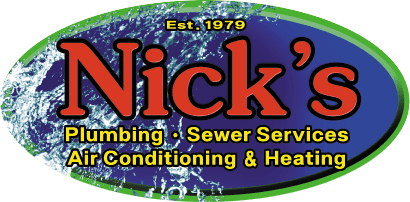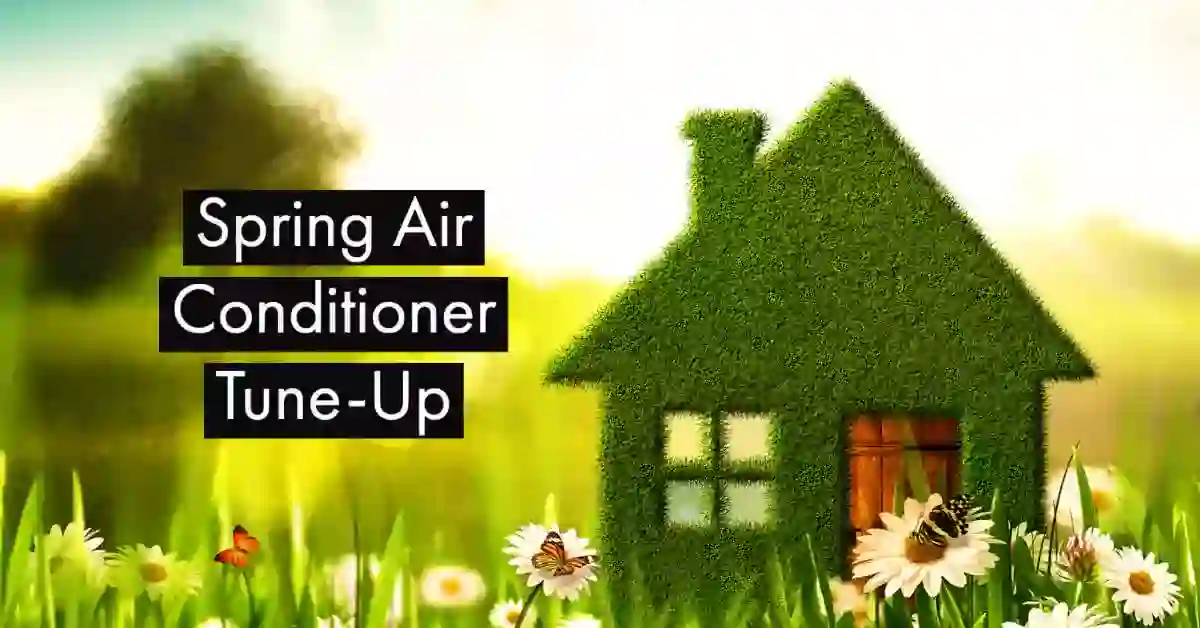Author: Jeff O'Hara
HVAC system maintenance doesn’t get the amount of attention it deserves. And that’s understandable. Our HVAC equipment works isolated outside on a concrete pad or relegated to the attic, where no one ever comes to visit—not even to change a filter.
It’s a sad truth, but modern, well-functioning HVAC systems don’t get considered very often—until there’s a problem. So many common, expensive HVAC repairs and replacements could have been avoided with a bit of preventative maintenance.
You wouldn’t drive your car for years without getting an oil change, the coolant flushed, or an overall tune-up. Your HVAC system is also a large machine with many moving parts that require regular maintenance to continue operating at peak efficiency and performance. Here’s why you should consider an annual HVAC tune-up and what you can expect when you get your service from Nick’s Air Conditioning.
What is an HVAC Tune-Up?
An HVAC Tune-Up is another way to refer to regular annual heating and air conditioning maintenance service. As important as regular maintenance is for your car, HVAC maintenance can help prolong the life of your home’s comfort system and keep it running as reliably as possible year-round.
What are the Most Important Parts of an HVAC Tune-Up?
The air filter is almost every HVAC system’s most overlooked and neglected component. And that’s a bad thing, as many common problems that occur in your system could be prevented by simply changing the filters as recommended by the manufacturer.
Your HVAC system may have a single large filter installed in the space just ahead of the blower motor assembly in your attic. Some folks choose to use individual filters, placing one in each of the air plenum returns located throughout the house to allow proper recirculation. Regardless of your choice of filter arrangement, it is essential to regularly check the filters’ condition and replace them when they become discolored from airborne contaminants.
Regular cleaning of the outdoor system components like evaporator coils, compressor fans, and the unit housing should be part of any HVAC maintenance service. Dust, dirt, and leaves can collect on the components and inside the housing, hindering airflow and negatively affecting the system’s performance.
While they don’t require cleanings as frequently, indoor air exchangers and gas burner assemblies will benefit from an annual inspection. Nick’s HVAC technicians will check all components for any visible signs of damage, corrosion, or wear. This allows our technicians to catch any impending problems early, allowing the homeowner to fix the issue before it can cause further damage to the system and its performance.
HVAC systems employ several moving parts that aid in circulating treated air into your home and removing stale air and humidity from the living space. Each component uses bearings and intricate motors, and proper lubrication of these moving parts is necessary to reduce friction and prevent excessive wear. While lubrication is often a part of each HVAC maintenance service call, Nick’s technicians will only perform regular lubrication according to the system’s manufacturer’s recommendations.
As we all learned in elementary school science class, heat expands things, and cold makes those same items contract. Metal is a compound susceptible to temperature changes, so the critical electrical connections throughout your HVAC system must be tightened and make proper contact. Loose and faulty electrical connections can be a nightmare, leading to system malfunctions, inefficient operation, or even an electrical fire.
While not much of an issue with newer digital and “smart” thermostats that can self-calibrate and even “learn” the temperature patterns of your home, older thermostats still require regular attention. Older thermostats and those that still use mercury bulbs to trip the on-and-off cycles can shift slightly, causing the bulb to trip the HVAC system on at the wrong times. Switching to a digital smart thermostat can eliminate the need for regular thermostat maintenance, but it’s still a good idea to check your digital thermostat’s accuracy occasionally.
Your outdoor AC compressor unit lives outside, facing the elements and braving the worst that our local Houston weather can throw at it. As a result of the hard work it is performing, it is common for condensation to form at various points around the outdoor unit.
The outdoor AC assembly is installed inside a pan that exceeds the size of the unit around the perimeter. This pan has a 1” – 2” lip around the base of the pan to trap any dripping condensation and direct it to a single drainage hole where it can escape. The pan must be clear of dirt, debris, or anything blocking the drain. Standing water around your AC unit can lead to leakage from other areas of the pan and mold growth, and if the water backs up enough, it can seriously damage the AC unit.
Both central HVAC systems and ductless mini-split systems use liquid refrigerant to draw the heat from the air circulated across the evaporator coils. Liquid refrigerant circulates within a “closed-loop” system, so there is no need to top off or bleed off an AC system for too little or too much refrigerant.
Loss of liquid refrigerant is caused by leaks, either in the line itself or at a fitting that has worked itself loose. Competent HVAC technicians know that having to add supplemental refrigerant means a more significant problem needs to be investigated.
Careful ductwork inspection is essential, especially when certain home rooms lack effective heating and cooling. Most residential ductwork today is flex duct which the homeowner can think of as a Slinky toy wrapped with insulating plastic. While a flex duct is extremely useful, thanks to its ability to bend, twist, and reach into walls where an aluminum or steel duct would never fit, its outer coating is very susceptible to cracking.
This cracking occurs due to the extreme temperatures the ductwork must contend with in your walls and attic, both outside and inside the duct. As the ducts age, the plastic sheathing becomes brittle and prone to flaking off or tearing completely along the seam.
What Gets Checked During a Nick’s Air Conditioning HVAC Tune-Up?
Nick’s Air Conditioning performs a 32-point HVAC system inspection for every maintenance call. In addition to the items listed above, your licensed and experienced Nick’s technician will check your system to the most minute detail.
Blower motors are tested for proper amperage and voltages, indoor and outdoor fan bearings are checked for wear and lubrication, electrical contacts are examined for evidence of dirt and pitting, and so much more.
Why Choose Nick’s for My HVAC Tune-Up?
Nick’s Air Conditioning knows the importance of keeping up with the maintenance of your home’s comfort system. As HVAC systems become more and more complex as variable speed compressors, multi-zoning, and homeowner control over HVAC systems through apps, it is even more critical to make sure your system is performing at its best at all times.
Call Nick’s today to schedule our comprehensive HVAC maintenance service, and while you’re on the phone, ask about Nick’s combined HVAC and Plumbing Maintenance VIP Plan. You’ll save 15% on future repairs with Nick’s and know your plumbing and HVAC systems are functioning correctly.


